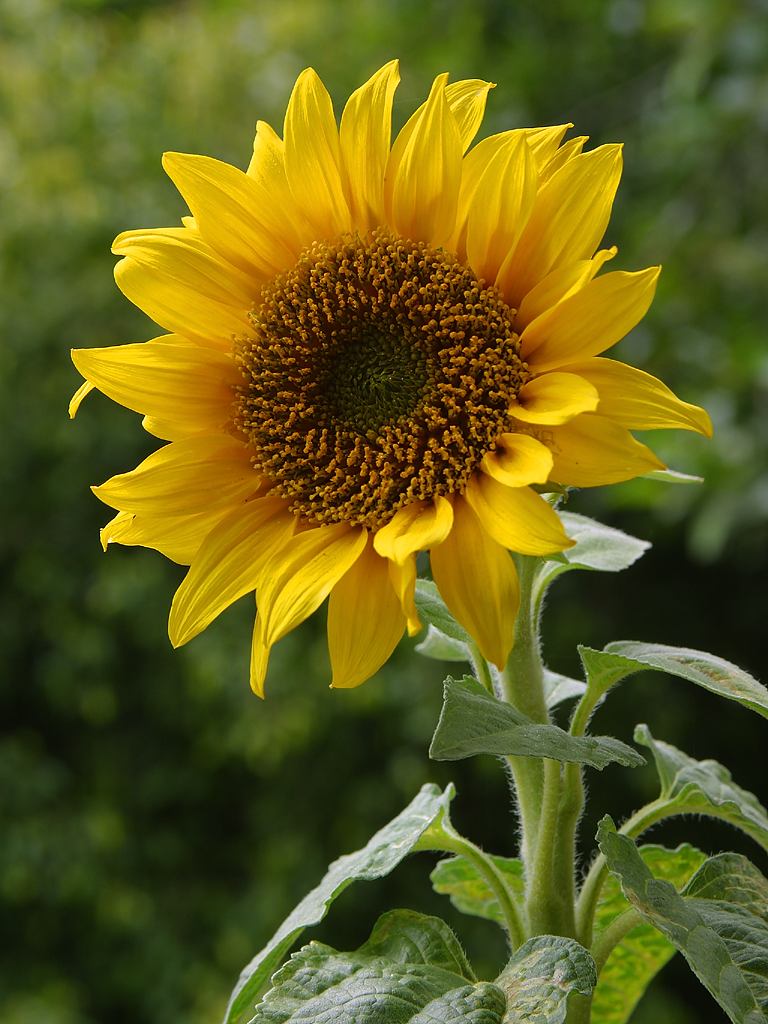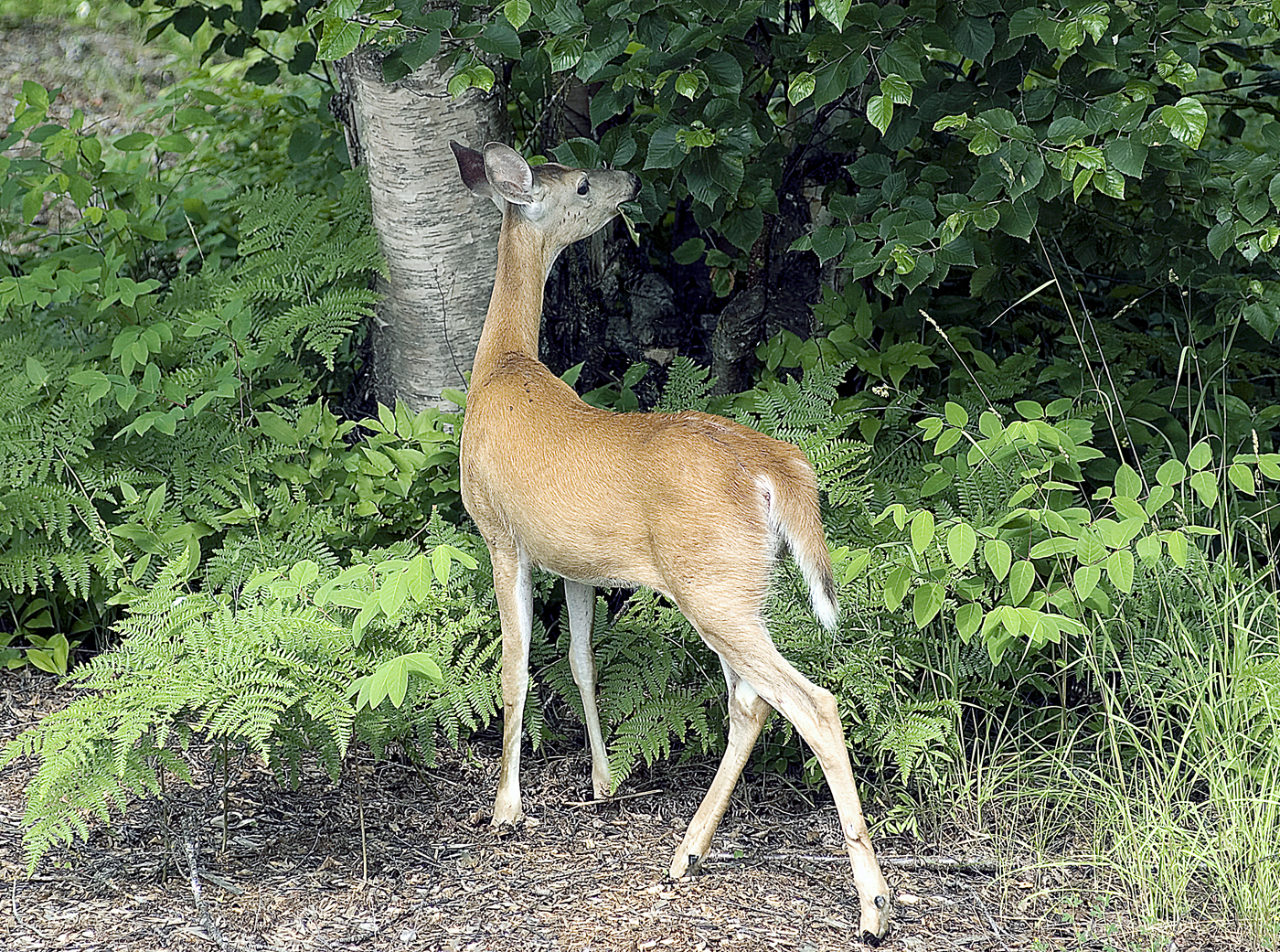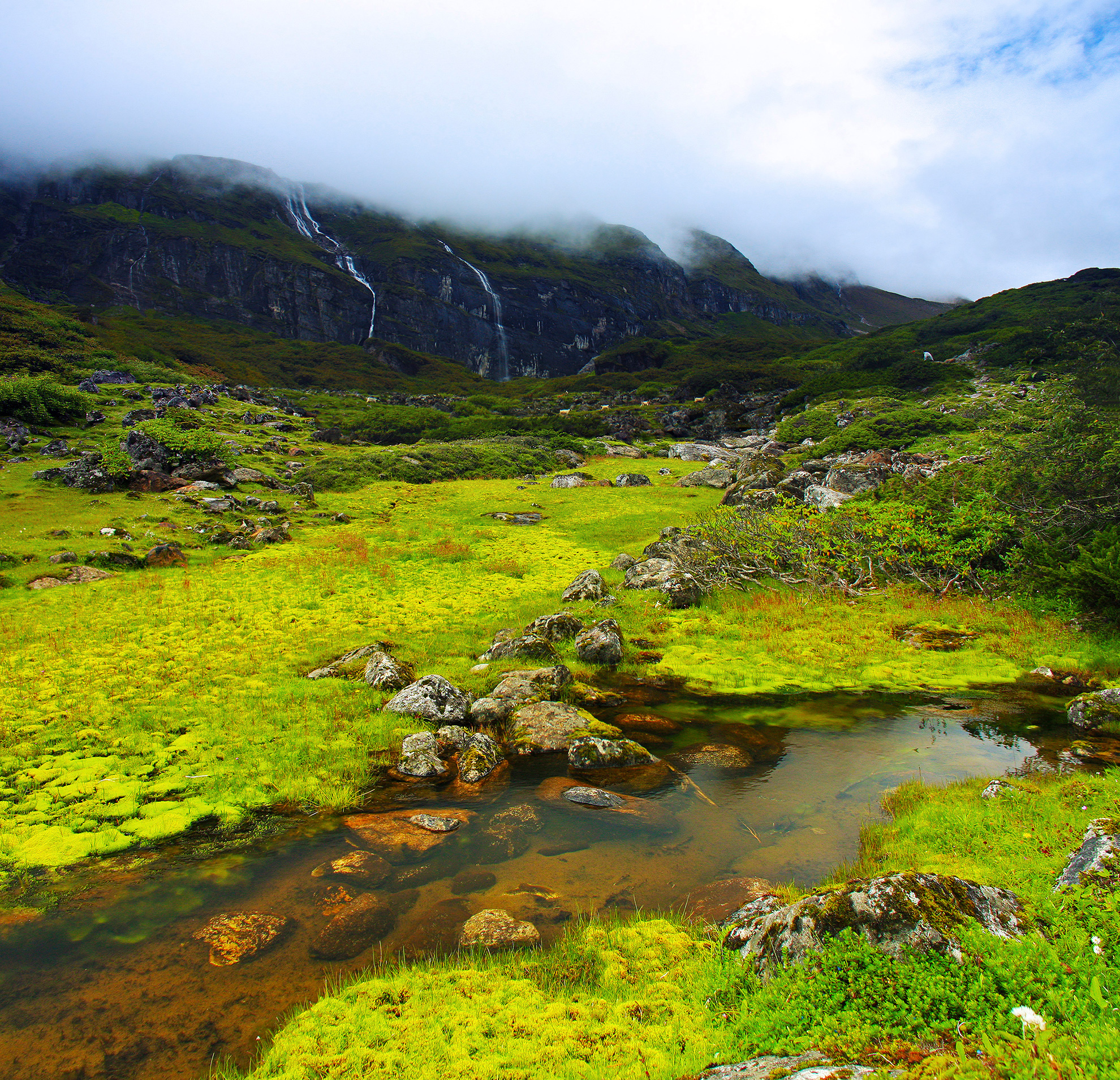|
Alpine Musk Deer
The Alpine musk deer (''Moschus chrysogaster'') is a musk deer species native to the eastern Himalayas in Nepal, Bhutan and India to the highlands of Tibet. The Alpine musk deer recorded in the Himalayan foothills is now considered a separate species, the Himalayan musk deer. It is the state animal of Uttarakhand. Taxonomy The Alpine musk deer belongs to the family Moschidae. This family is part of a clade that includes Bovidae, and Cervidae, which is a sister group to Giraffidae, who are all clustered together with Ruminatia under the order Artiodactyla. Recent studies have shown a relation between Artiodactyls and Cetaceans, combining them into the order Certiodactyla. Two subspecies are recognized: *''M. c. chrysogaster'' – Southern Tibet, Himachal Pradesh, Uttarakhand, Sikkim, Nepal and Bhutan *''M. c. sifanicus'' – Qinghai, Gansu, Ningxia, western Sichuan, and northwestern Yunnan Characteristics The Alpine musk deer is a small deer (40–60 cm tall) with long ... [...More Info...] [...Related Items...] OR: [Wikipedia] [Google] [Baidu] |
Brian Houghton Hodgson
Brian Houghton Hodgson (1 February 1801 – 23 May 1894) was a pioneer natural history, naturalist and ethnologist working in India and Nepal where he was a British Resident (title), Resident. He described numerous species of birds and mammals from the Himalayas, and several birds were named after him by others such as Edward Blyth. He was a scholar of Newar Buddhism and wrote extensively on a range of topics relating to linguistics and religion. He was an opponent of the British proposal to introduce English as the official medium of instruction in Indian schools. Early life Hodgson was the second of seven children of Brian Hodgson (1766–1858) and his wife Catherine (1776–1851), and was born at Lower Beech, Prestbury, Cheshire. His father lost money in a bad bank investment and had to sell their home at Lower Beech. A great-aunt married to Beilby Porteus, the Bishop of London, helped them but the financial difficulties were great. Hodgson's father worked as a warden of the M ... [...More Info...] [...Related Items...] OR: [Wikipedia] [Google] [Baidu] |
Yunnan
Yunnan; is an inland Provinces of China, province in Southwestern China. The province spans approximately and has a population of 47.2 million (as of 2020). The capital of the province is Kunming. The province borders the Chinese provinces of Guizhou, Sichuan, Autonomous regions of China, autonomous regions of Guangxi and Tibet Autonomous Region, Tibet, as well as Southeast Asian countries Myanmar (Burma), Vietnam, and Laos. Yunnan is China's fourth least developed province based on disposable income per capita in 2014. Yunnan is situated in a mountainous area, with high elevations in the Northwest and low elevations in the Southeast. Most of the population lives in the eastern part of the province. In the west, the altitude can vary from the mountain peaks to river valleys as much as . Yunnan is rich in natural resources and has the largest diversity of plant life in China. Of the approximately 30,000 species of Vascular plant, higher plants in China, Yunnan has perhaps 17, ... [...More Info...] [...Related Items...] OR: [Wikipedia] [Google] [Baidu] |
Forb
A forb or phorb is a herbaceous flowering plant that is not a graminoid (grass, sedge, or rush). The term is used in botany and in vegetation ecology especially in relation to grasslands and understory. Typically, these are eudicots without woody stems. Etymology The word ''forb'' is derived from Greek () 'pasture; fodder'. The Hellenic spelling ''phorb'' is sometimes used, and in older usage this sometimes includes graminids and other plants currently not regarded as forbs. Guilds Forbs are members of a guilda group of plant species with broadly similar growth forms. In certain contexts in ecology, guild membership may often be more important than the taxonomic relationships between organisms. In informal classification In addition to its use in ecology, the term "forb" may be used for subdividing popular guides to wildflowers, distinguishing them from other categories such as grasses, sedges, shrubs, and trees. Some examples of forbs are clovers, sunflowers, daylilie ... [...More Info...] [...Related Items...] OR: [Wikipedia] [Google] [Baidu] |
Browsing (herbivory)
Browsing is a type of herbivory in which a herbivore (or, more narrowly defined, a folivore) feeds on leaves, soft Shoot (botany), shoots, or fruits of high-growing, generally woody plants such as shrubs. This is contrasted with Grazing (behaviour), grazing, usually associated with animals feeding on grass or other lower vegetations. Alternatively, grazers are animals eating mainly grass, and browsers are animals eating mainly non-grasses, which include both woody and herbaceous Dicotyledon, dicots. In either case, an example of this dichotomy are goats (which are primarily browsers) and Domestic sheep, sheep (which are primarily grazers). Browse The plant material eaten is known as ''browse'' and is in nature taken directly from the plant, though owners of livestock such as goats and deer may cut twigs or branches for feeding to their stock. In temperate regions, owners take browse before leaf fall, then dry and store it as a winter feed supplement. In time of drought, herdsme ... [...More Info...] [...Related Items...] OR: [Wikipedia] [Google] [Baidu] |
Sakteng Wildlife Sanctuary
Sakteng Wildlife Sanctuary is a wildlife sanctuary in Bhutan, located in Merak and Sakteng Gewogs of Trashigang District and just crossing the border into Samdrup Jongkhar District. It is one of the country's protected areas and is listed as a tentative site in Bhutan's Tentative List for UNESCO inclusion. The sanctuary has three ranges: Merak Range, Sakteng Range, and Joenkhar Range. Sakteng Range is the largest range with an area of 333.67 km2, followed by Merak Range (287.352 km2) and Joenkhar Range (121.442 km2). Flora and fauna The sanctuary represents the easternmost temperate ecosystems and landscapes of Bhutan, and is part of the Eastern Himalayan subalpine conifer forests ecoregion. It protects several endemic species including the eastern blue pine, ''Meconopsis merakensis var. merakensis'', the black-rumped magpie, and the endangered Himalayan red panda, ''A. f. fulgens.'' Sakteng Wildlife Sanctuary was created in part to protect the ''migoi'', a yeti-like cr ... [...More Info...] [...Related Items...] OR: [Wikipedia] [Google] [Baidu] |
Dhorpatan Hunting Reserve
Dhorpatan Hunting Reserve is the only hunting reserve in Nepal. Established in 1987 it covers an area of in the Dhaulagiri Himal of western Nepal in the Eastern Rukum, Myagdi and Baglung Districts. In elevation, it ranges from . Flora and fauna The landscape consists of forests, marshland (called ''ḍhor''), and flat meadows (called ''pāṭan''). The higher elevations remain snow-covered throughout the year. 58 vascular plants have been recorded in the reserve. Flowering plants include 36 endemic species. 18 mammal species include snow leopard, musk deer, red panda, and blue sheep. 137 bird species include koklass pheasant, cheer pheasant, and impeyan pheasant; and two reptile Reptiles, as commonly defined, are a group of tetrapods with an ectothermic metabolism and Amniotic egg, amniotic development. Living traditional reptiles comprise four Order (biology), orders: Testudines, Crocodilia, Squamata, and Rhynchocepha ... species also occur. References External l ... [...More Info...] [...Related Items...] OR: [Wikipedia] [Google] [Baidu] |
Kanchenjunga Conservation Area
Kanchenjunga Conservation Area is a protected area in the Himalayas of eastern Nepal that was established in 1997. It covers in the Taplejung District and comprises two peaks of Kanchenjunga. In the north it adjoins the Qomolangma National Nature Preserve in Tibet, and in the east the Khangchendzonga National Park in Sikkim. To the west it borders the Sankhuwasabha District. It ranges in elevation from . It is part of the Sacred Himalayan Landscape, which is being developed by WWF Nepal in partnership with the International Centre for Integrated Mountain Development. History When the Kanchenjunga Conservation Area was designated in March 1997, it was Nepal's third Conservation Area. In April 2003, a ''Kanchenjunga Conservation Area Management Council'' was formed with the support of WWF Nepal, comprising seven ''Conservation Area User Committees'', 44 ''User Groups'', and 32 ''Mother Groups''. These community based institutions support effective implementation of all plan ... [...More Info...] [...Related Items...] OR: [Wikipedia] [Google] [Baidu] |
Annapurna Conservation Area
Annapurna Conservation Area is Nepal's largest protected area covering in the Annapurna range of the Himalayas. It ranges in elevation from to the peak of Annapurna I at . The conservation area stretches across Manang District, Nepal, Manang, Mustang District, Mustang, Kaski District, Kaski, Myagdi District, Myagdi, and Lamjung Districts. Annapurna Conservation Area encompasses Annapurna Sanctuary and is known for several trekking routes including the Annapurna Circuit. History The Annapurna Conservation Area was established in 1985 and gazetted in 1992. It is managed by the National Trust for Nature Conservation. Climate Two climatic regions within a span of and an elevation of are distinguished. Rainfall in the southern part of the Annapurnas is higher than in the rain shadow to the north of the peaks. Annual precipitation is highest during the Monsoon of South Asia, Asian monsoon between June and September ranging from on the southern slopes at elevation to in rain s ... [...More Info...] [...Related Items...] OR: [Wikipedia] [Google] [Baidu] |
Makalu Barun National Park
Makalu Barun National Park is a national park in the Himalayas of Nepal that was established in 1992 as the eastern extension of Sagarmatha National Park. It is the world's only protected area with an elevation gain of more than enclosing tropical forest as well as snow-capped peaks. It covers an area of in the Solukhumbu and Sankhuwasabha districts, and is surrounded by a bufferzone to the south and southeast with an area of . The rugged summits of Makalu, with the fifth highest mountain in the world, Chamalang (), Baruntse () and Mera () are included in the national park. The protected area extends to about from west to east and to about from north to south. From the Arun river valley in the southeast, located at altitudes of , elevation gains about to the peak of Makalu. The national park shares the international border with the Qomolangma National Nature Preserve of the Tibet Autonomous Region in the north. The protected area is part of the Sacred Himalayan Landscap ... [...More Info...] [...Related Items...] OR: [Wikipedia] [Google] [Baidu] |
Langtang National Park
Langtang National Park is a national park in north-central Nepal. It was established in 1976 as Nepal's first Himalayan national park and the country's fourth protected area. It covers an area of in the Nuwakot, Rasuwa and Sindhulpalchok Districts of the central Himalayan region. It contains 26 village communities and includes the Langtang valley. In the north and east it is linked with Qomolangma National Nature Preserve in the Tibet Autonomous Region. The eastern and western boundaries follow the Bhote Koshi and the Trishuli river, respectively. The Gosainkunda lake is located at an elevation of inside the park. The Dorje Lakpa range at bisects the park from west–east to south–east. The summit of Langtang Lirung is the highest point in the park at . Langtang National Park is part of the Sacred Himalayan Landscape. History In 1970, royal approval designated the establishment of Langtang National Park as the first protected area in the Himalayas. The national par ... [...More Info...] [...Related Items...] OR: [Wikipedia] [Google] [Baidu] |
Shey-Phoksundo National Park
Shey Phoksundo National Park is the largest and only trans- Himalayan national park in Nepal. It was established in 1984 and covers an area of in the districts of Dolpa and Mugu in the Mid-Western Region, Nepal. The protected area ranges in elevation from . Phoksundo Lake is the park's prominent feature, located at an elevation of . The park's headquarters are in Palam, Dolpa District. Geography The park's elevation varies from in the southeast near Ankhe to at the summit of Kanjiroba Himal at the southern edge of the Tibetan plateau. Phoksundo Lake at an elevation of in the upper reaches of the Suligad river is surrounded by glaciers and is known for its turquoise color. Phoksundo Lake has a water surface of , and was declared a Ramsar site in September 2007. The lake is up to deep, measured using echo-sounding technology. The Langu river drains the high Dolpo plateau located in the north-east of the park. The Suligad and Jugdual rivers form the southern catchment f ... [...More Info...] [...Related Items...] OR: [Wikipedia] [Google] [Baidu] |
Sagarmatha National Park
Sagarmāthā National Park is a national park in the Himalayas of eastern Nepal that was established in 1976 and encompasses an area of in the Solukhumbu District. It ranges in elevation from and includes Mount Everest. In the north, it shares the international border with Qomolangma National Nature Preserve in Tibet Autonomous Region. In the east, it is adjacent to Makalu Barun National Park, and in the south it extends to Dudh Kosi river. It is part of the Sacred Himalayan Landscape. History Sagarmatha National Park was established on July 19, 1976. In 1979, it became the country's first national park that was inscribed as a Natural World Heritage Site. In January 2002, a Buffer Zone comprising was added. Conservation of forests, wildlife, and cultural resources received top priority under the ''Buffer Zone Management Guidelines'', followed by conservation of other natural resources and development of alternative energy. Tourism in the area began in the early 1960s. In 2 ... [...More Info...] [...Related Items...] OR: [Wikipedia] [Google] [Baidu] |





